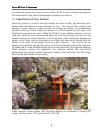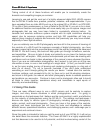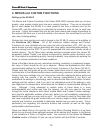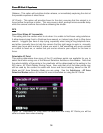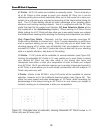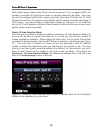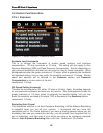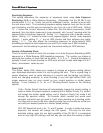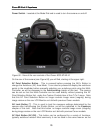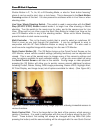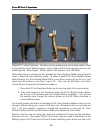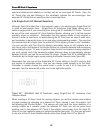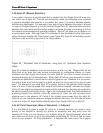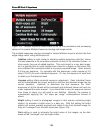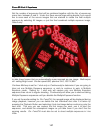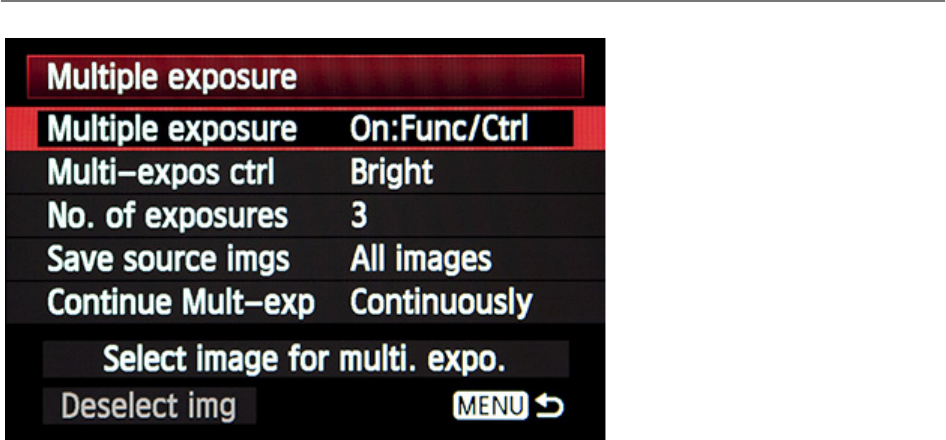
Canon 5D Mark III Experience
146
Figure 102 - Multiple Exposure Mode menu to set up the parameters and processing
options of in-camera Multiple Exposure shooting and image results.
The multiple exposures can be processed in several different ways to achieve the final
single-image result, using Multi-expos ctrl.
Additive setting is most similar to shooting multiple exposures with film, where
the total exposure is the cumulative exposure of each of the individual frames - in
other words, they are all added together. This could result in a very dark image,
so it is typically best to under expose each frame to a degree so that when they
are combined, the cumulative result is a properly exposed image. Under expose
0.5 stop per exposure. For example with five exposures, under expose by 2.5
stops (-2.5 EV) for each individual exposure. Or vary the exposure of each shot
to obtain your final desired result.
Average setting offers automatic exposure adjustment. Each individual frame
will be underexposed the proper amount so that the final stacked image has the
correct exposure. However, to determine the final exposure, the “total”
exposures of all the frames will be averaged and individual frames will each be
under exposed the same amount. If you would like to vary the exposure amount
from frame to frame, you will need to use Additive. Basically, the camera is
automatically applying the “-0.5 stops per image” underexposure formula of
above.
Bright setting is used to photograph images of dark scenes containing bright
objects, for example a bright moon in a dark sky. With this setting the bright
objects will remain properly exposed and visible in the final stacked image, as
they are “overlayed” over the dark areas (see Figure 103).
Dark setting is used to eliminate the bright areas of the images, as the dark
areas will be “overlayed” over the bright areas.



